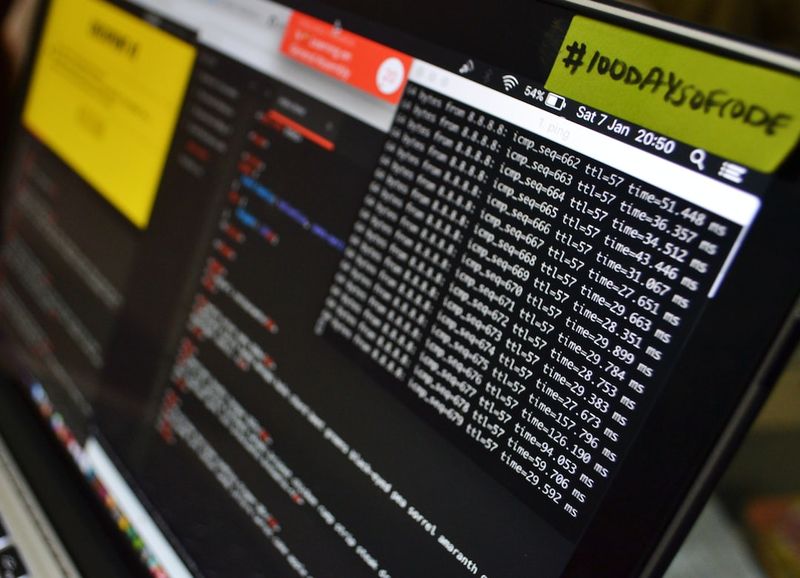Student Loan Breach Exposes 2.5 Million Records
The Breach
A recent breach at Nelnet Servicing, the servicing system and web portal provider for EdFinancial and the Oklahoma Student Loan Authority (OSLA), has exposed the personal data of over 2.5 million student loan recipients. The breach, which occurred between June 1, 2022, and July 22, 2022, allowed unauthorized access to names, home addresses, email addresses, phone numbers, and social security numbers. However, users’ financial information was not compromised.
Potential Consequences
While users’ sensitive financial data remains secure, the exposed personal information poses a significant risk. Melissa Bischoping, an endpoint security research specialist at Tanium, warns that this data could be leveraged in future social engineering and phishing campaigns. With the recent announcement of a plan to cancel $10,000 of student loan debt by the Biden administration, scammers may use this opportunity as a gateway for criminal activity. Bischoping explains that scammers may use recently breached data to impersonate affected brands and launch phishing campaigns targeting students and recent college graduates. The trust built through existing business relationships makes these campaigns particularly deceptive.
Response and Remediation
Nelnet Servicing’s cybersecurity team took immediate action to secure the information system, block suspicious activity, fix the issue, and launched an investigation with third-party forensic experts to determine the nature and scope of the breach. Affected loan recipients were notified on July 21, 2022, and additional remediation measures have been put in place. Users will receive two years of free credit monitoring, credit reports, and up to $1 million in identity theft insurance.
Analysis and Commentary
Data Breaches and Internet Security
The latest student loan breach highlights the persistent challenge of securing personal data in an increasingly connected world. Despite measures taken to protect sensitive financial information, the exposure of personal data poses a significant risk to individuals. This breach serves as a reminder of the importance of robust cybersecurity measures and the need for continuous improvement in the face of evolving threats.
The Threat of Social Engineering and Phishing Campaigns
With the potential for scammers to use the recently breached data to launch phishing campaigns, it is crucial for individuals to remain vigilant. The trust built through existing business relationships can make these campaigns incredibly deceptive, making it essential that individuals exercise caution when interacting with emails, websites, and phone calls related to their student loans. Awareness and education about the tactics used in social engineering and phishing campaigns are crucial in preventing further harm.
Editorial and Advice
The Importance of Data Security
This breach serves as a stark reminder of the urgent need to prioritize data security. Companies and organizations must continually invest in robust cybersecurity measures and stay ahead of the curve to protect the personal information entrusted to them. It is not enough to react to breaches after they occur. Proactive security measures, regular system audits, and comprehensive employee training should be at the forefront of every organization’s strategy.
Individual Responsibility in Internet Security
While companies bear the primary responsibility for protecting personal data, individuals must also be proactive in safeguarding their information. It is crucial for loan recipients and all internet users to follow best practices for online security. These practices include using strong, unique passwords, enabling multi-factor authentication, being cautious about the information shared online, and regularly monitoring financial accounts for any suspicious activity.
Remediation and Support
In response to the breach, Nelnet Servicing has provided affected loan recipients with two years of free credit monitoring, credit reports, and identity theft insurance. It is important that individuals take advantage of these remediation measures and remain vigilant in monitoring their accounts for any signs of identity theft or suspicious activity. Additionally, reaching out to credit reporting agencies to place a fraud alert or freeze on credit reports can provide an extra layer of protection.
In conclusion, the recent breach of student loan records highlights the ongoing threat to personal data security in our increasingly connected world. While companies must prioritize robust cybersecurity measures, individuals also bear the responsibility of practicing safe online habits. By working together and remaining vigilant, we can collectively mitigate the risks posed by cybersecurity breaches and protect our personal information.

<< photo by Collin >>
The image is for illustrative purposes only and does not depict the actual situation.
You might want to read !
- The Art of Adaptation: Building Operational Resilience through Proactive Measures
- The Evolution of Keyloggers: From Cold War Espionage to Modern Cyber Threats
- The Key to Defeating Digital Criminals: Embracing Basic Cyber Hygiene Practices
- Campus Chaos: Massive Student Loan Breach Exposes 2.5 Million Records
- 23andMe Cyberbreach: Delving into the Implications of Exposed DNA Data and Potential Family Connections
- Breaking Down the Ongoing Threat: Unveiling Over 3 Dozen Data-Stealing Malicious npm Packages
- The Middle East’s Uphill Battle: Addressing DFIR Challenges
- Discovering the Covert Connection: DragonEgg Android Spyware and LightSpy iOS Surveillanceware Linked
- The Rise of Rogue Connections: Unveiling the Dangers of Fake Offline Mode
- California’s Swift Move Towards Data Privacy: Demanding Personal Info Erasure from Shadowy Data Brokers
- California’s New Frontier: Taking Control of Data Brokers and Personal Information
- The Ethical Quandaries of Facial Analysis Technology: Exploring the Unseen Consequences
- A Deeper Dive into Digital Security: The Latest Developments in Protecting Your Data
- Ransomware Attacks: How MGM Grand Defies the $100M Loss
- Demystifying the Dangers: A Closer Look at QR Code Threats
- The True Price of Compromised Credentials: Are You Prepared to Pay?
- Unveiling the Webinar: Safeguarding your Identity Fabric from Rips and Threats




